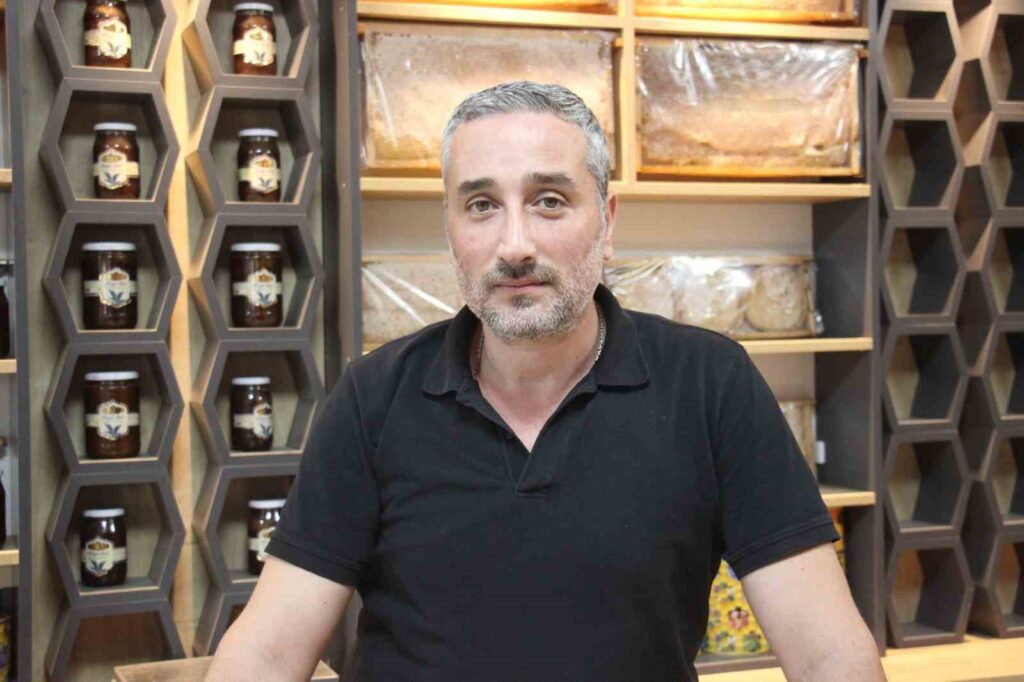Tips from an expert: What should we pay attention to when buying honey? How to distinguish between fake and real honey?
With the recent operations carried out by security forces that revealed counterfeit honey, consumers are concerned. Mehmet Yanar Devecioğlu, a beekeeper from Aydın, explains the differences between fake and real honey to inform consumers when purchasing honey.

Recent operations conducted by security forces have revealed fake honey, raising concerns among consumers. Aydın beekeeper Mehmet Yanar Devecioğlu warned consumers to be cautious when purchasing honey by explaining the differences between fake and real honey.
In a world where the importance of food safety is increasing every day, the discovery of fake honey after fraudulent olive oil in Aydın has begun to worry both honest producers and consumers. Recently, security forces have seized a large quantity of products that resemble honey but are not actually honey. This situation has caused unease among citizens who do not want to miss honey from their tables, while the silence of the Aydın Beekeepers’ Union on this matter has surprised both beekeepers and citizens.
Mehmet Yanar Devecioğlu, an experienced beekeeper from the Efeler district of Aydın, warned consumers about fake honey. The 42-year-old Devecioğlu emphasized that they have been beekeeping from grandfather to grandson and that fake honey poses serious threats both to health and financially. He stated that fake honey is typically produced using glucose syrup, sugar, starch, and chemical additives. “These types of products not only lack the health benefits of real honey but can also lead to allergic reactions or digestive issues in some cases. Fake honey is a fraud and deception that threatens human health,” he said.
Devecioğlu listed some tips that consumers should pay attention to in order to understand the differences between fake and real honey, emphasizing the importance of label checks first. He noted that consumers should carefully read the label information when buying honey, saying, “Labels that provide information about the source and production location of honey should be preferred. Real honey generally has a thick consistency and flows slowly when poured from a bottle. Fake honey, on the other hand, usually has a thinner and more liquid consistency. Real honey has a rich flavor profile and a pleasant aroma. If the taste of the honey is artificial or overly sweet, it may indicate that it is fake.”
Devecioğlu mentioned that there are small tests consumers can do to distinguish between fake and real honey, stating, “When you put a bit of honey into a glass of water, real honey will settle at the bottom while fake honey will disperse immediately. This simple test can help determine the purity of honey. Additionally, dip a cotton piece into the honey and hold it to the fire. If the honey does not burn, it may be fake honey because fake honeys are often made up of water and chemicals.”
He also offered suggestions to consumers, advising them to shop from reliable places when buying honey. Devecioğlu said, “Buying from certified and recognized beekeepers reduces the risk of fake products. Moreover, preferring local markets increases the chance of finding fresh and real honey.”







